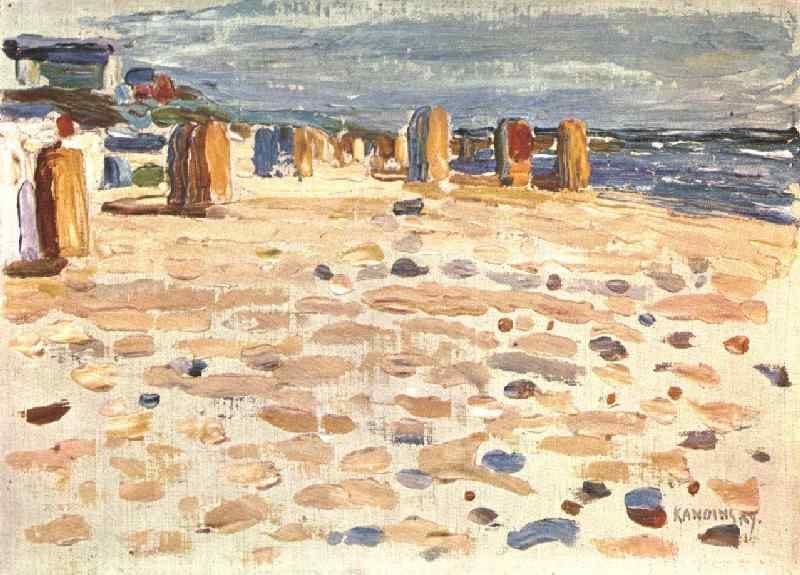Beaches
Eight brief thoughts about sand
Is a beach the lip of the ocean, or the gums of the land? Do beaches end at the waterline or run deeper? I looked it up and found that what we call beach, the dry part, is actually a “berm,” and a berm has a crest and a face, and then comes the “swash zone” – great name – which is the part that gets we…
Keep reading with a 7-day free trial
Subscribe to Meditations in an Emergency to keep reading this post and get 7 days of free access to the full post archives.


